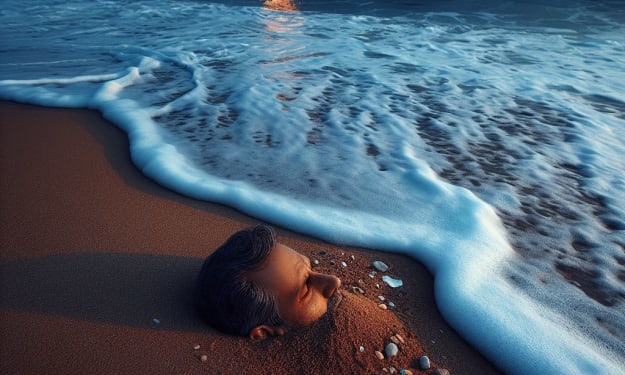
Wonder Woman, American comic book heroine created for DC Comics by psychologist William Moulton Marston (under the pseudonym Charles Moulton) and artist Harry G. Peter. Wonder Woman first appeared in a backup story in All Star Comics no. 8 (December 1941) before receiving fuller treatment in Sensation Comics no. 1 (January 1942) and Wonder Woman no. 1 (June 1942). She perennially ranked as one of DC’s most-recognizable characters and a feminist icon.
Marston was something of a maverick in the scientific community, and he is credited with inventing a precursor of the modern lie detector. He practiced polygyny, he believed that women would rise up to lead the world into a new and peaceful age, and one of Marston’s longtime partners was the niece of family-planning pioneer Margaret Sanger. These details, as well as Marston’s long affiliation with the women’s suffrage movement, were obvious influences in the creation of Wonder Woman.
Origin in the Golden Age
The details of Wonder Woman’s origin have changed many times over the years, but the basic premise has remained largely the same. U.S. Air Force pilot Steve Trevor’s plane crashes on the uncharted Paradise Island, home of the legendary Amazons. The raven-haired Princess Diana finds Trevor, and the Amazons nurse him back to health. A tournament is held to determine who will take the pilot back to “Man’s World,” but Diana is forbidden to enter. Disguising herself, she engages in the games, winning them and being awarded the costume of Wonder Woman. Diana takes Trevor back to the United States in her invisible plane, and she adopts the secret identity of Diana Prince. As Prince, she soon becomes Trevor’s assistant, and Trevor—much like a gender-reversed Lois Lane—never realizes that his coworker and the superhero who consistently comes to his rescue are the same person.
In her first 40 years of adventures, Wonder Woman wore a distinctive red bodice with a gold eagle, a blue skirt with white stars (quickly replaced by blue shorts with stars), red boots with a white centre stripe and upper edge, a gold belt and tiara, and bracelets on each wrist. The bracelets could deflect bullets or other missiles, and hanging from her belt was a magic golden lasso, which compelled anyone bound by it to tell the truth or obey her commands. Among her powers were prodigious strength and speed, near invulnerability to physical harm, and formidable combat prowess. On some occasions, she also displayed the ability to converse with animals.
Wonder Woman was popular with readers for many reasons. For a nation engulfed in World War II, her unwavering patriotism was welcome. Male readers enjoyed the adventures of a scantily clad woman who was drawn in the style of one of Esquire magazine’s Varga Girl pinups and who was often tied up by male or female villains. Critics—most notably anti-comics polemicist Frederic Wertham—would call attention to the preponderance of bondage in Wonder Woman stories, but Marston claimed such scenes to be allusions to suffragist imagery. (This defense strained credibility, however, as the concept of “loving submission” to authority was pervasive throughout both Wonder Woman comics and Marston’s personal life.) Female readers liked the series because it presented a strong and confident woman who often spoke about the power of womanhood and the need for female solidarity. In an industry where superheroines tended to be used for cheesecake titillation or as adjuncts to their more powerful and popular male counterparts, Wonder Woman stood apart.
Unlike Superman or Batman, the other members of what would come to be known as DC’s “trinity,” Wonder Woman would never develop an especially memorable gallery of villains. Among her persistent foes were the catlike Cheetah, the towering Giganta, the sorceress Circe, and the telepath Dr. Psycho, whose mental powers were a sinister inversion of Marston’s “loving submission” credo. Besides appearing in her own two titles, Wonder Woman was a featured member of the Justice Society of America in the pages of All Star Comics.





Comments
There are no comments for this story
Be the first to respond and start the conversation.